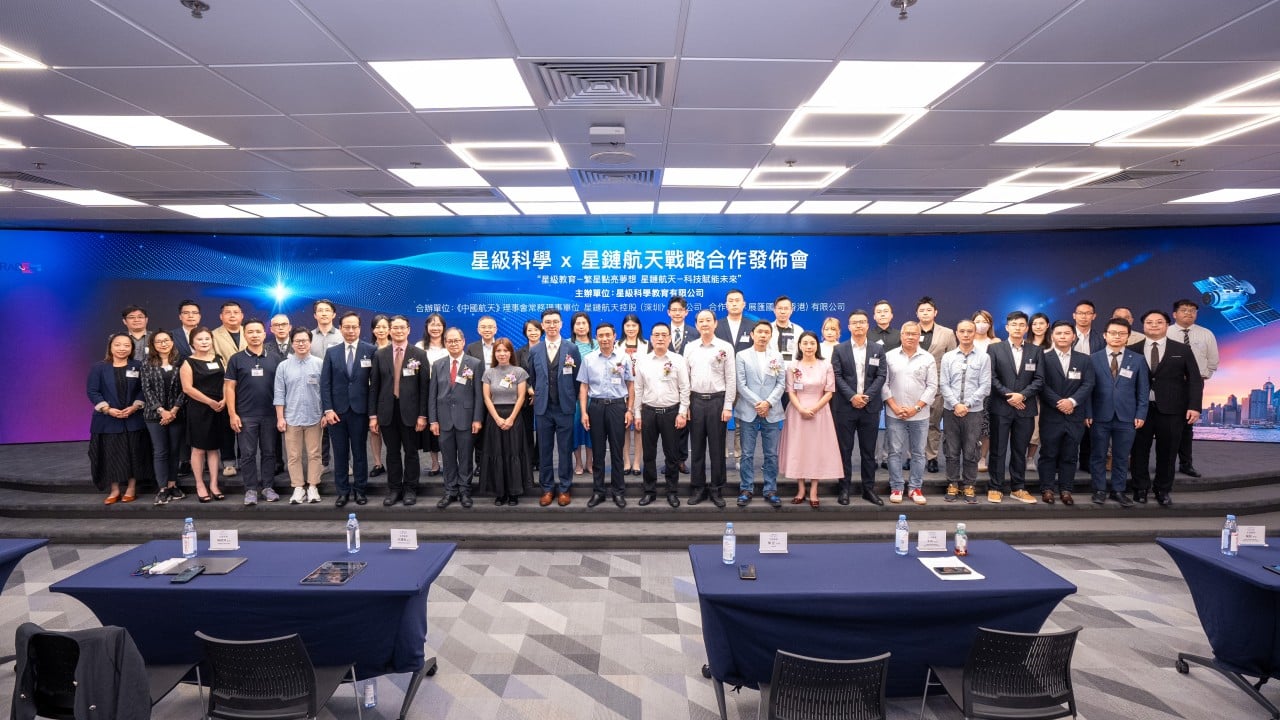[The content of this article has been produced by our advertising partner.]
Advertisement
Rocket science has been synonymous with what is impossibly difficult, until now.
In a new STEM education initiative, Hong Kong students will be trained to design 15 nanosatellites. In 2025, a rocket is scheduled to transport these satellites into orbit.
Organised by Hong Kong education company Star Club Scientist Education, students will undergo a structured curriculum, including conducting experiments to learn about space and aeronautical science. A study trip will offer selected students the chance to visit China’s space launch site, astronaut training centre and Mars space program, where they will meet astronaut crew and trainers.

Program partner Shenzhen-headquartered Starlink Aerospace Holdings will manufacture the rocket body and satellites, and be responsible for on-orbit monitoring, servicing and operations. The Hong Kong program is part of a national program designed by China Aerospace Academy of Systems Science and Engineering (CAASSE), also known as 701 Institute of China Aerospace Science and Technology Corporation (CASC).
Advertisement
Chen said that students will learn about many achievements in China’s space programs.
“Hong Kong students will understand the greatness of the country,” Chen added. “As a space power, China has leading technologies including Beidou satellite-based navigation, Yutu lunar rover, and Zhurong Mars rover. The country is poised for a crewed lunar landing by 2030.”

